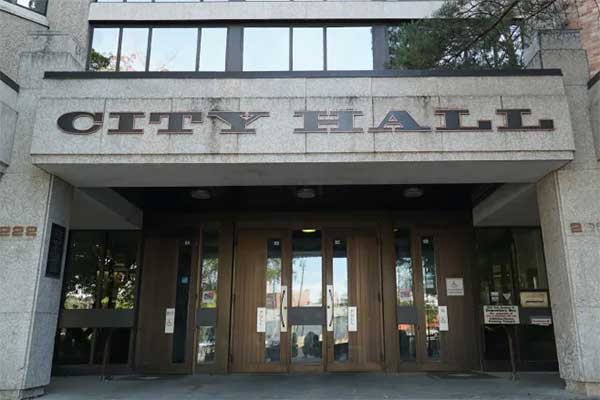Funded by an 11.1 million dollar investment through the Community Efficiency Financing initiative, the Saskatoon Home Energy Loan Program is the province’s first Property Assessed Clean Energy (PACE) program.
It’s designed to help support retrofits for single-family homes and will allow for the repayment of loans through the property tax system.
The new program will encompass a wide range of measures.
It’ll fund homeowners undertaking energy efficiency upgrades, renewable energy installations, water conservation measures, electric vehicle charging stations, and battery storage projects.
“Saskatoon is the first municipality in Saskatchewan to implement a program like the Home Energy Loan Program. It allows residents to borrow money from the City to make energy-efficient retrofits for single-family homes,” said Charlie Clark, Mayor, City of Saskatoon. “Whether it goes towards a new furnace, windows, replacing a leaky door, or multiple projects, this program helps citizens save money month-to-month on utility costs and reduce greenhouse gas emissions.”
Low-income families will be eligible for further support through the program, such as its fixed administrative fee being waived.
In addition, certain services and equipment upgrades will be provided to low-income families, free of charge, along with additional rebates.
In partnership with SaskPower, the city supports the participation of low-income families in the existing Energy Assistance Program, which provides energy coaching and low-cost upgrades to eligible households.
The first intake of the Saskatoon Home Energy Loan Program was extremely popular, and the program now has a waitlist.
The program’s goal is to directly help homeowners reduce their greenhouse gas emissions and make their homes more energy-efficient, comfortable, and affordable while also creating local jobs and promoting economic growth.
“It’s critically important to have everyone in the climate fight,” said Steven Guilbeault, Minister of Environment and Climate Change. “Municipalities across Canada are doing their part with innovative solutions that create jobs and climate resilience. Green infrastructure investments in Canadian communities will make our air cleaner, our economy stronger, and set us on the path to a net-zero future.”










Comments